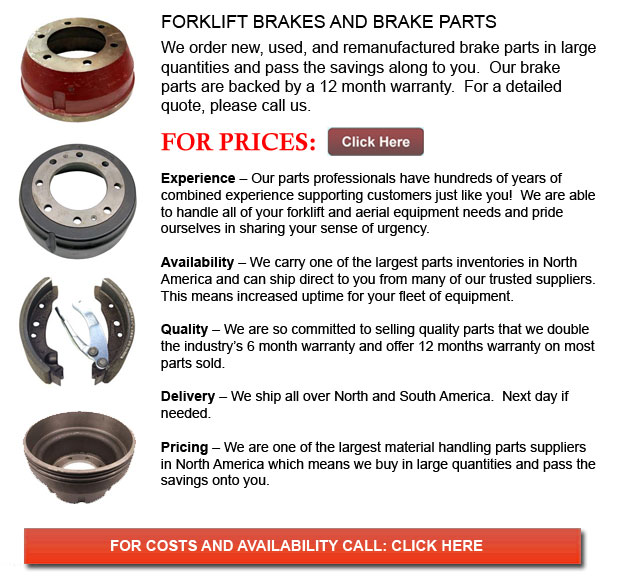
Forklift Brakes - A brake in which the friction is provided by a set of brake shoes or brake pads which press against a rotating drum unit called a brake drum. There are several particular differences between brake drum types. A "brake drum" is usually the explanation given whenever shoes press on the inner outside of the drum. A "clasp brake" is the term utilized so as to describe whenever shoes press against the exterior of the drum. One more kind of brake, called a "band brake" utilizes a flexible belt or band to wrap all-around the exterior of the drum. If the drum is pinched in between two shoes, it could be known as a "pinch brake drum." Like a standard disc brake, these types of brakes are quite rare.
Old brake drums, previous to nineteen ninety five, required to be constantly adjusted in order to compensate for wear of the drum and shoe. "Low pedal" could cause the needed modifications are not carried out satisfactorily. The motor vehicle can become hazardous and the brakes can become ineffective when low pedal is combined along with brake fade.
There are a variety of Self Adjusting Brake Systems obtainable, and they can be categorized within two main kinds, RAD and RAI. RAI systems have in-built tools that avoid the systems to be able to recover whenever the brake is overheating. The most popular RAI makers are Bendix, Lucas, Bosch and AP. The most well-known RAD systems include Volkswagen, VAG, AP, Bendix and Ford recovery systems.
Self-adjusting brakes generally make use of a tool which engages only if the vehicle is being stopped from reverse motion. This stopping method is acceptable for use where all wheels use brake drums. Nearly all vehicles today utilize disc brakes on the front wheels. By functioning only in reverse it is less possible that the brakes will be applied while hot and the brake drums are expanded. If adapted while hot, "dragging brakes" could occur, which raises fuel consumption and accelerates wear. A ratchet tool that becomes engaged as the hand brake is set is one more way the self adjusting brakes can function. This means is only suitable in applications where rear brake drums are utilized. Whenever the parking or emergency brake actuator lever exceeds a certain amount of travel, the ratchet developments an adjuster screw and the brake shoes move toward the drum.
Located at the bottom of the drum sits the manual adjustment knob. It could be tweaked making use of the hole on the opposite side of the wheel. You would have to go under the vehicle with a flathead screwdriver. It is really essential to be able to adjust every wheel equally and to move the click wheel correctly since an uneven adjustment may pull the vehicle one side during heavy braking. The most efficient method to be able to make certain this tiresome task is completed safely is to either raise each and every wheel off the ground and spin it by hand while measuring how much force it takes and feeling if the shoes are dragging, or give every\each and every one the exact amount of clicks utilizing the hand and then perform a road test.
![]() Click to Download the pdf
Click to Download the pdf
Forklift Parts
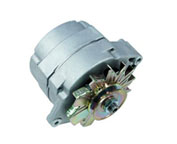
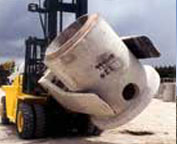
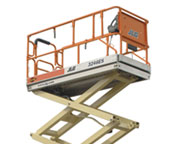
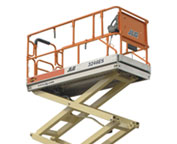
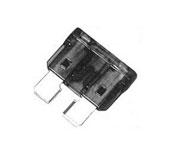
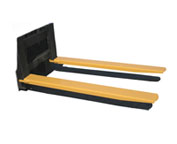
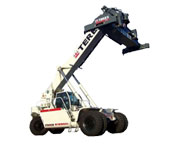
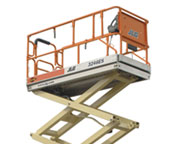
Lift Parts Express
TOLL FREE: 1-888-695-7994
Virginia Beach, Virginia
forkliftpartsvirginiabeach.com
Email Us
About Us


